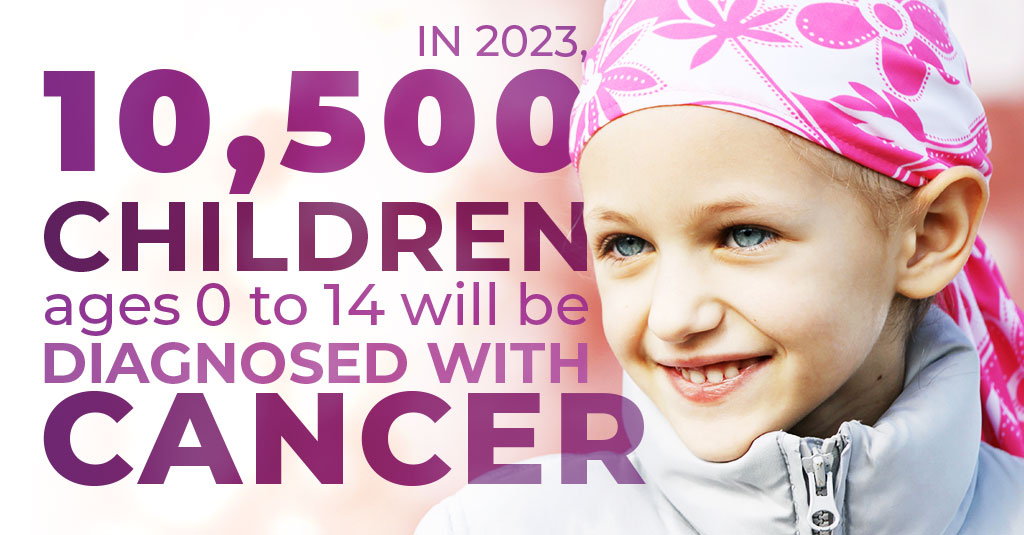
It’s an unfortunate fact in our lives that we all know or have heard of a child who has cancer. The causes of childhood cancer are not entirely understood. After accidents, cancer is the second leading cause of death in children ages 1 to 14. About 1,040 children under 15 are expected to die from cancer in 2023.1
To help children with cancer and their families, CharityRx has dedicated all March donations to the Light for Childhood Cancer Fund. Through this fund, CharityRx will donate to St. Jude Children’s Research Hospital, St. Baldrick’s Foundation, and local cancer groups across the country to provide treatment, care, and comfort to their most vulnerable patients.

Adult cancers can often be linked to lifestyle or environmental factors, but cancer in children differs in several ways. Cancer is less likely to be caused by the patient’s environment or lifestyle in young people. Most scientists agree that cancer-causing genetic changes, or mutations, are most commonly thought to occur by chance. However, in about 8% of cases, children are born with genetic changes that increase their risk of getting cancer. Learning what genetic changes caused certain types of cancers can help doctors diagnose them more effectively, and this information may help scientists develop better treatments in the future.2
Although cancer in children and adolescents is relatively rare, it is the leading cause of death by disease past infancy among children in the United States. The National Cancer Institute estimated in the U.S. in 2021:
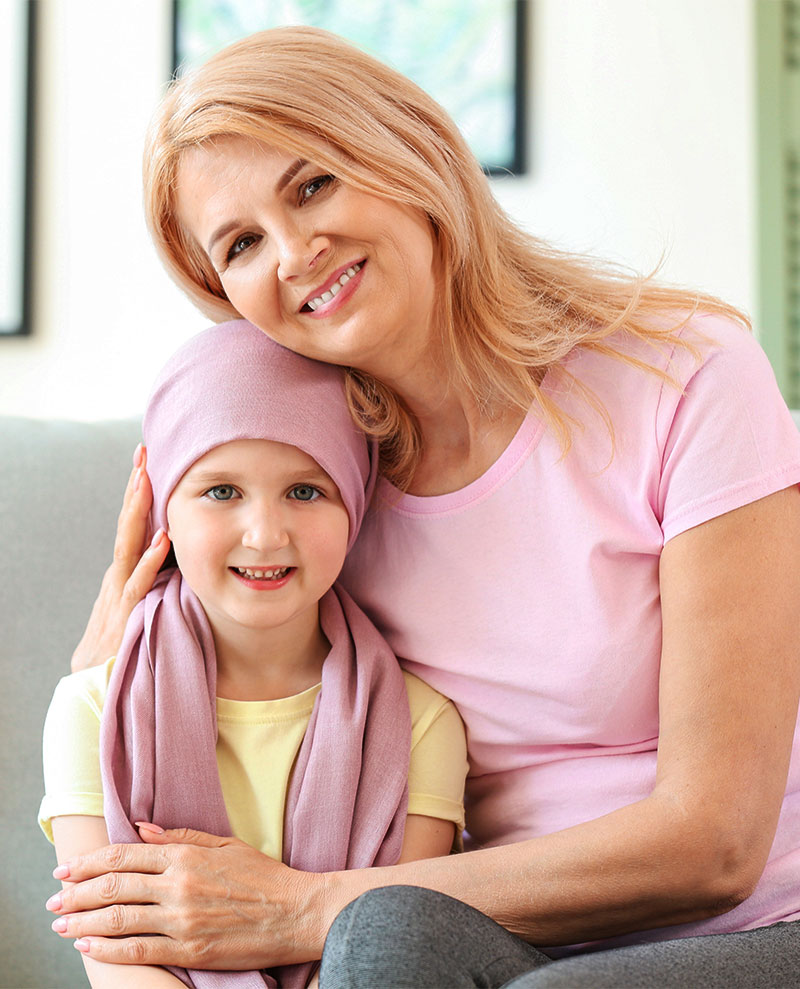
Overall, among children and adolescents (ages 0 to 19) in the United States, the most common types of cancer are leukemias, brain and central nervous system (CNS) tumors, and lymphomas. Among children (ages 0 to 14 years), the most common types of cancer are leukemias, followed by brain and other CNS tumors, lymphomas, neuroblastoma, kidney tumors, and malignant bone tumors.3
Because of significant treatment advances in recent decades, 85% of children with cancer now survive five years or more, a considerable increase since the mid-1970s when the 5-year survival rate was only about 58%. Still, survival rates can vary greatly depending on the type of cancer and other factors.1
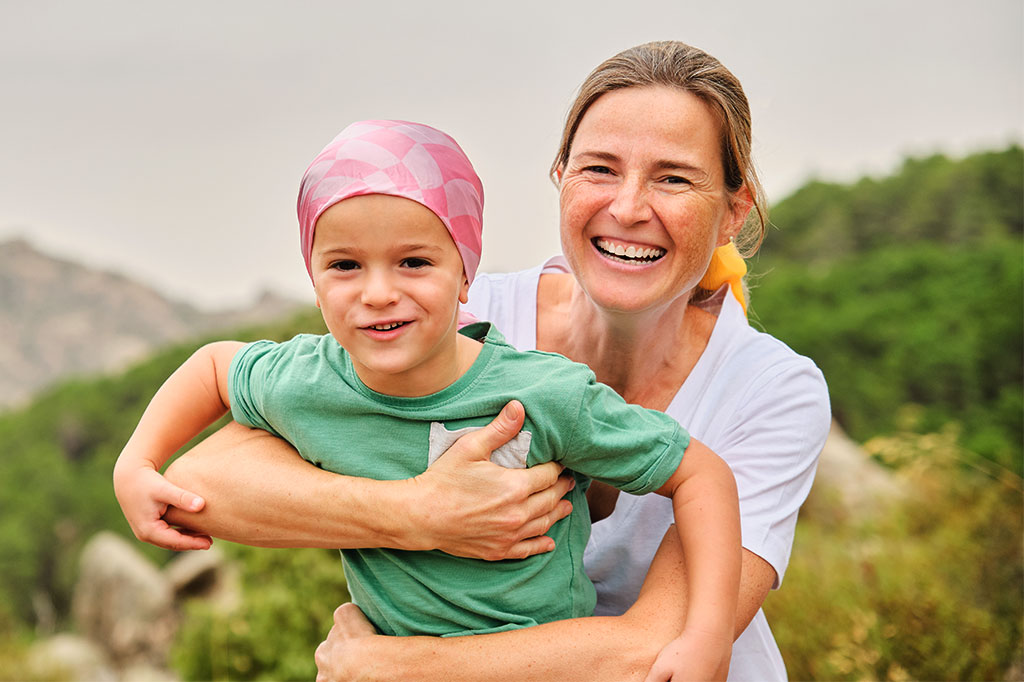
Although survival rates for most childhood cancers have improved in recent decades, the improvement has been especially dramatic for a few cancers, particularly acute lymphoblastic leukemia, the most common childhood cancer. Improved treatments introduced beginning in the 1960s and 1970s raised the 5-year survival rate for children diagnosed with acute lymphoblastic leukemia at ages 0 to 14 years from 57% in 1975 to 92% in 2012. The 5-year survival rate for children diagnosed with non-Hodgkin lymphoma at ages 0 to 14 years also increased dramatically, from 43% in 1975 to 91% in 2012.3
The cancer mortality rate—the number of deaths due to cancer per 100,000 people per year—among children and adolescents ages 0 to 19 years declined by more than 50% from 1975 to 2018. Specifically, the mortality rate was 5.1 per 100,000 children and adolescents in 1975 and 2.2 per 100,000 children and adolescents in 2018. However, despite the overall decrease in mortality, approximately 1,800 children and adolescents still die of cancer each year in the United States, indicating that new advances and continued research to identify effective treatments are required to reduce childhood cancer mortality further.3
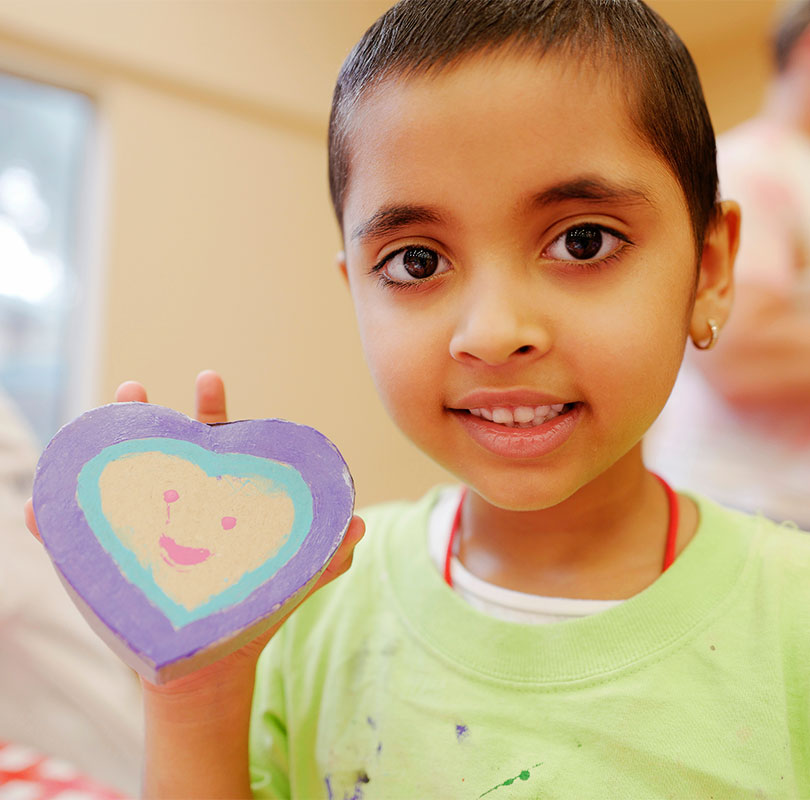
You can help give hope to kids with cancer. Each time you use your CharityRx prescription discount card in March, CharityRx will donate to the Light for Childhood Cancer Fund to help kids fight cancer across the country. In addition to helping kids, you’ll enjoy significant discounts on over-the-counter and prescription medicines for yourself, your family, and your pets. We also cover diabetic supplies and insulin. Click here to search for your medications and see how much you’ll save with the CharityRx card.
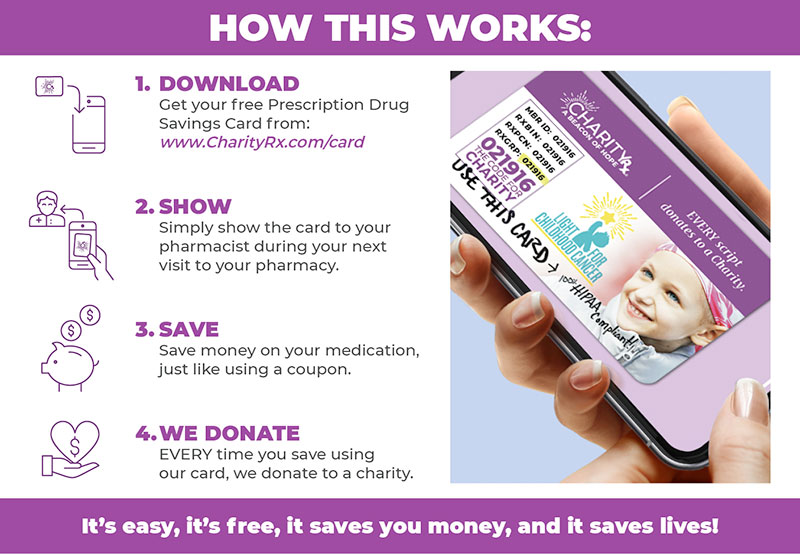
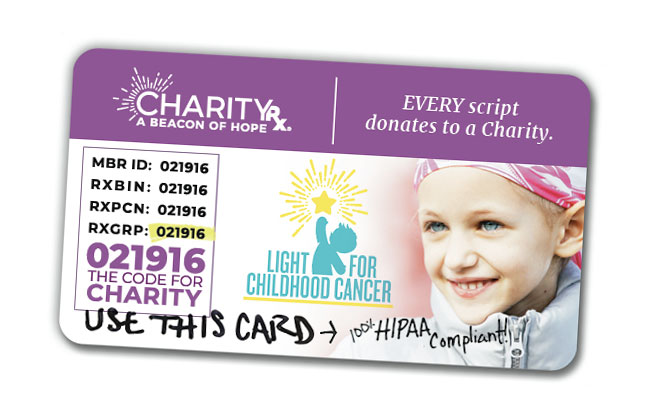

Resources: